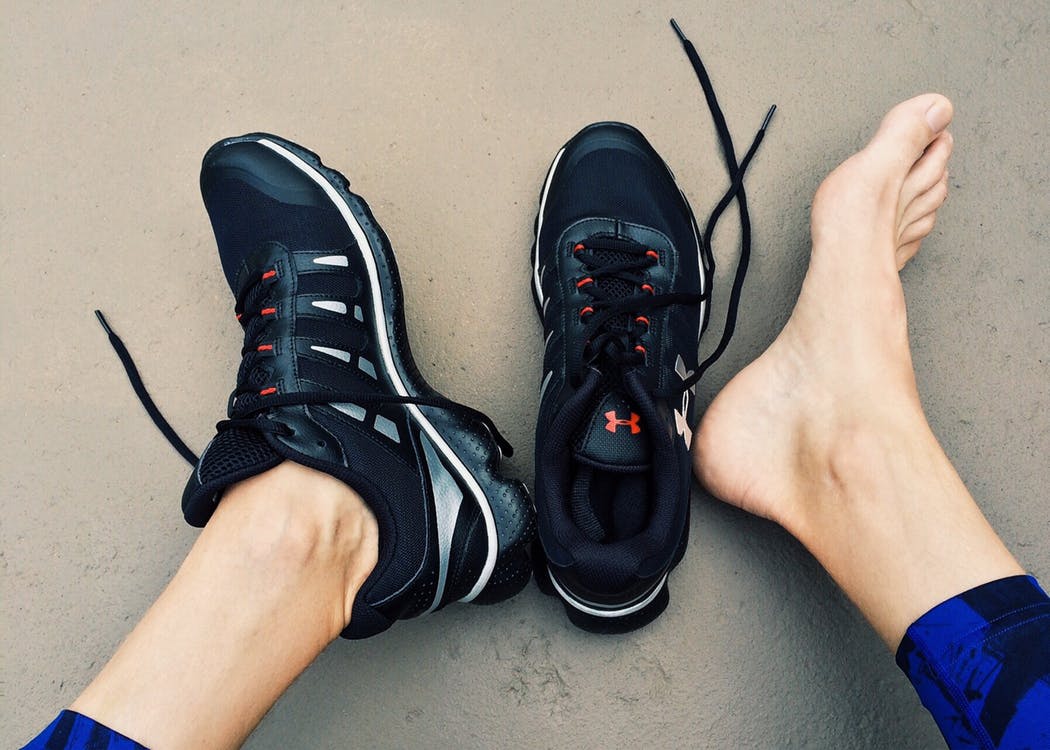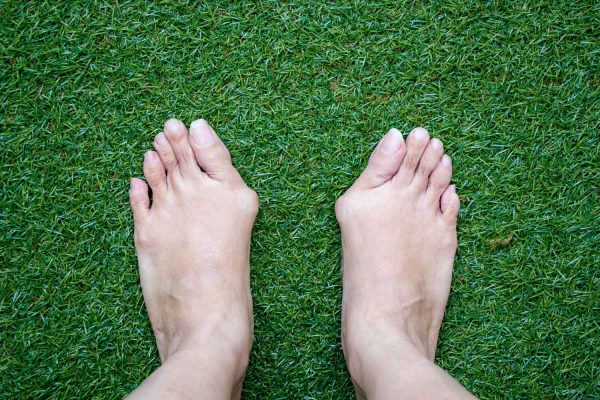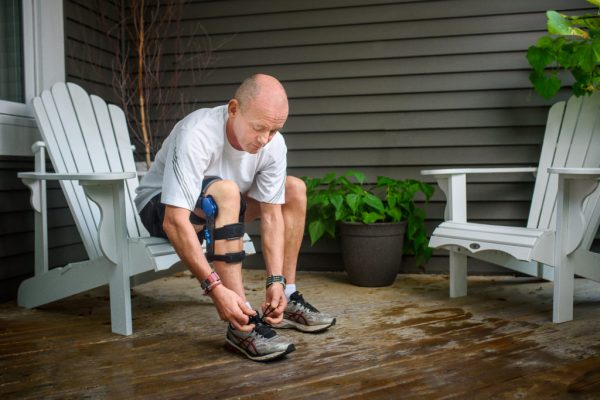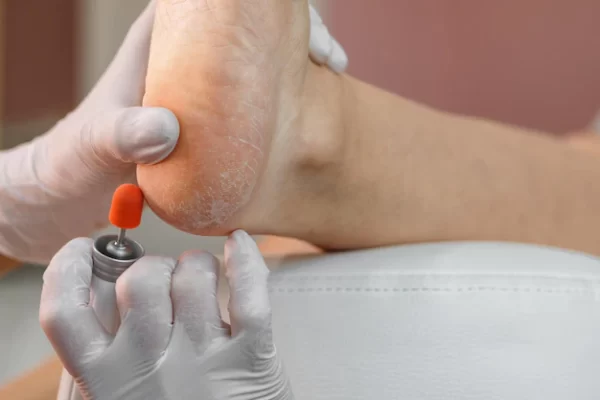Going to the gym on a regular basis is a splendid idea, as it can help you stay in shape and maintain an amazing state of health. However, you should be aware of certain risks associated with such habits, especially when it comes to your feet. The risk of injury is considerably higher in those who training every day, as is the one of infection. In the following paragraphs, we will discuss about the best ways to protect your feet while working out. Use these solutions, so that you can keep on training and achieve your fitness goals.
#1 Avoid excess training
Setting a fitness goal to achieve is good but this does not meant you should exert yourself in reaching it. It is recommended to begin with easy-to-perform exercises and increase the intensity on a gradual basis. If you work out for prolonged periods of time, at high levels of performance, you will only expose yourself to sprains and fractures (caused by the physical stress on bones and ligaments).
#2 Wear adequate footwear
While this might sound like something obvious, you would be amazed to discover how many people actually forget to take it into account. If you want to protect your feet at the gym, you need to wear adequate footwear. Choose shoes specifically designed for such activities, with proper support at the arch and cushioning for extra protection. Avoid shoes that are too tight or lack adequate support, as they can favor the appearance of plantar fasciitis.
#3 Ask for help to perform exercises in a correct manner
Even if you have experience in working out, this does not mean you are performing all exercises correctly. The best way to protect yourself from injuries is to ask for help. A specialized instructor can show you how to perform your training, without any risk of foot damage. Moreover, the instructor can teach you what techniques should be avoided, so as to keep the risk of damage down to a minimum.
#4 Treat all injuries in due time
No matter how much you might try to protect your feet, injuries can still occur. In this situation, it is for the best to get an accurate diagnosis and seek out the specialized assistance of a physiotherapist. Do not delay getting proper treatment, as the injury will only become worse and you might be prevented from training altogether. If no improvement occurs with physical therapy and other similar methods, it might be time to talk to a surgeon. This specialist can provide you with an effective treatment plan, with rehabilitation to follow.
#5 Maintain excellent hygiene standards
Infections can be easily contracted while working out, whether we are talking about fungus, ringworm or other microorganisms. Luckily for you, there is an easy way to prevent such matters from even occurring in the first place. All you have to do is maintain excellent hygiene standards. Take a shower after each workout, place a clean towel over each piece of gym equipment and use hand sanitizer whenever possible.
#6 Ensure adequate protection for your feet
To guarantee the best possible protection for your feet, it is recommended to wash your feet and change both your socks and footwear after each training session. Keep in mind that fungal microorganisms love a dark, humid environment, where they can develop and thrive. You should also avoid walking barefoot, including in the shower. As a final step, dry your feet thoroughly with a clean towel and apply antifungal powder. This will absorb the excess moisture and protect against fungal infections at the same time.
#7 Avoid sharing objects of personal hygiene
Gym buddies can transform into great friends but you should forget about the sharing policy. Fungal infections are easily transmitted from one person to the other, especially through personal items, such as towels. Do not borrow your friend’s flip-flops, as you can never know who is suffering from an infection. Use your own personal items and you will keep foot fungal infections at a safe distance.
#8 Use band-aids for cuts and cracks
If you have minor injuries on your feet, such as cuts and cracks, these should be covered while working out. You can use band-aids, in order to guarantee that neither bacteria, nor fungal microorganisms will penetrate the broken skin. It is especially important to avoid going barefoot, without covering the injured areas, as this is how infections are easily acquired. If you notice signs of infection, do not hesitate in going to the doctor as soon as possible. The specialist can provide you with the right treatment, so that you are free of infection and able to resume your workouts.
#9 Do not forget about stretching your feet
Foot stretches, performed before and after each workout, can reduce the risk of injuries in this area. A good and simple exercise requires that you take a tennis ball and roll your feet onto it. You might not know this for a fact but it can relieve the muscular tensions and aid you in working out more efficiently. Such stretches can also reduce the risk of your plantar fascia becoming irritated, so this is an added advantage to consider.
#10 Get a post-workout massage
After an intense training session, your feet are in a lot of pain. One of the best ways to avoid foot-related injuries is to get a foot massage. The different techniques used during the massage session will take away all the accumulated tension, as well as provide relief from the pain and inflammation. It is also important to know that this massage can reduce the accumulation of fluids in the feet, stimulating the faster recovery.
As you have seen, while at the gym, you need to protect your feet from both the risk of injury and the one of infection. Follow the above-mentioned recommendations and you will be able to enjoy your training sessions each and every time. And, remember, you should always listen to your body and the signals it sends to you.





